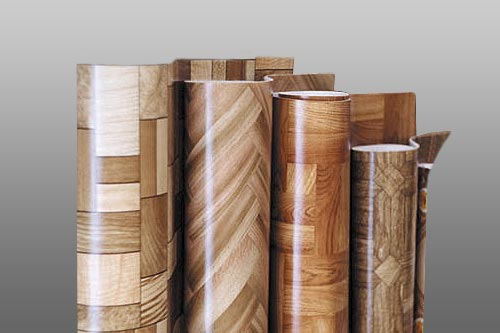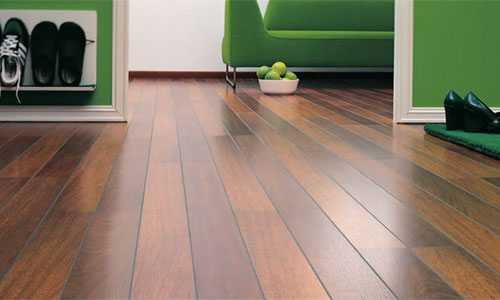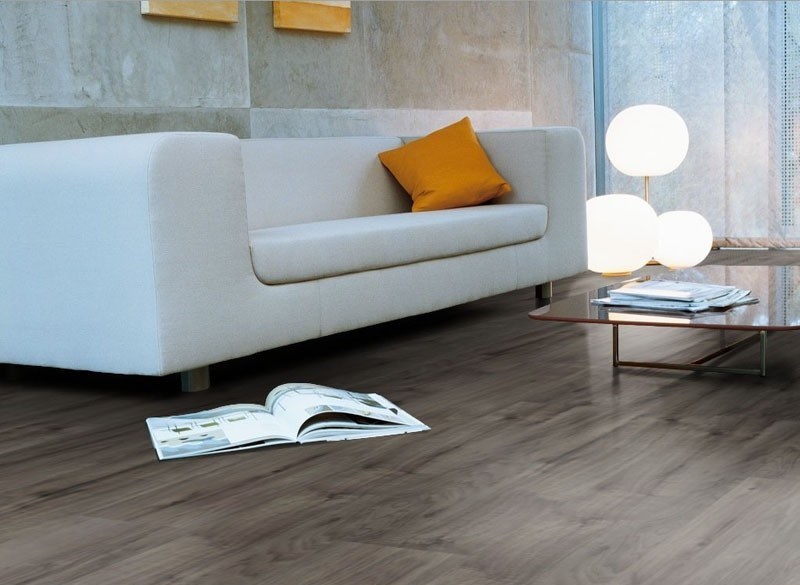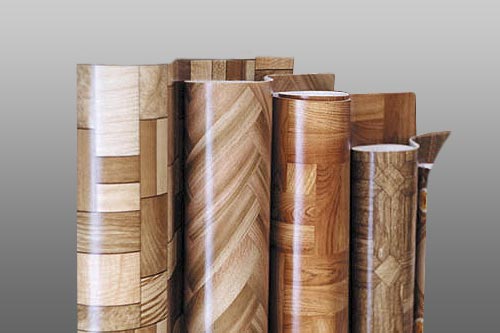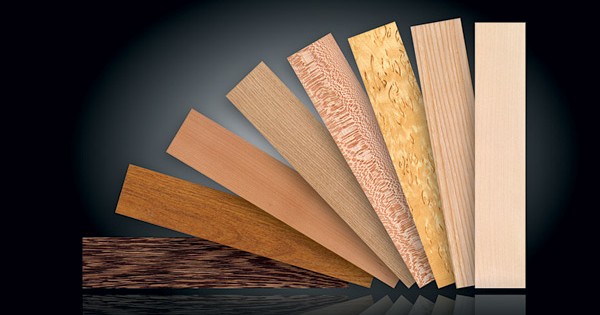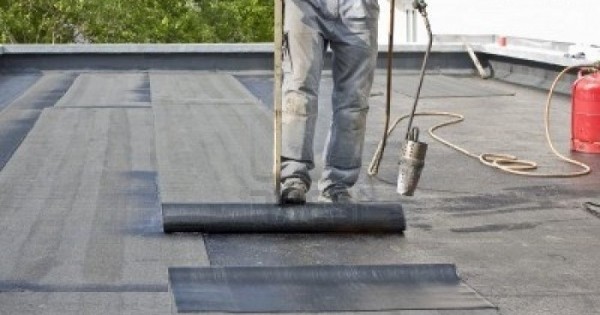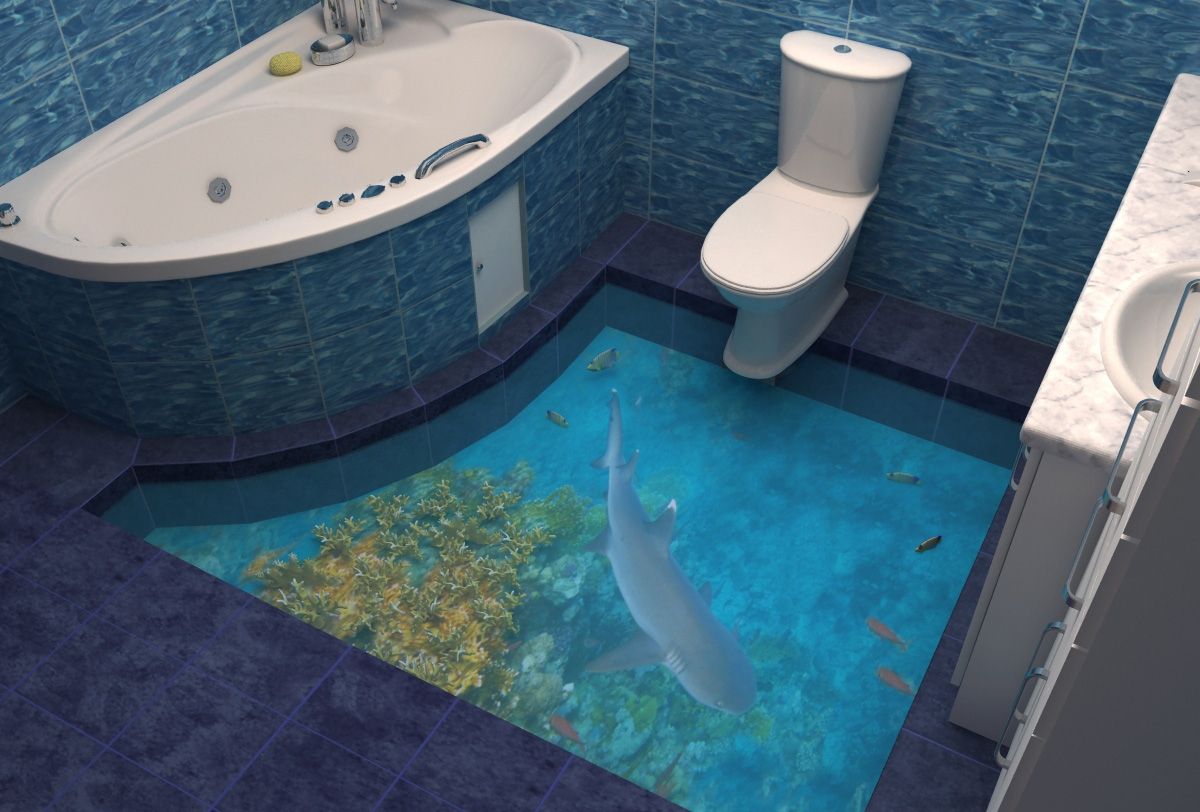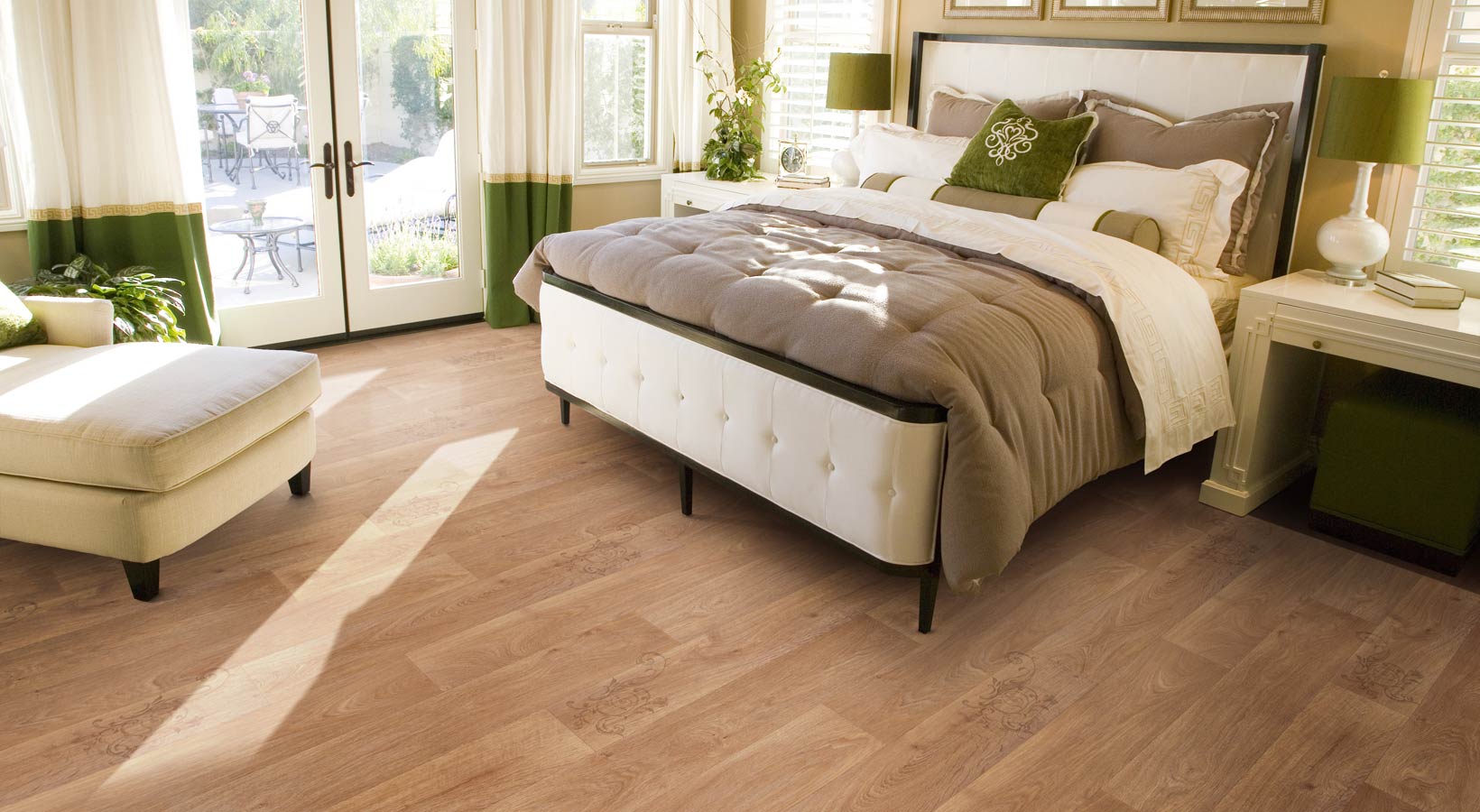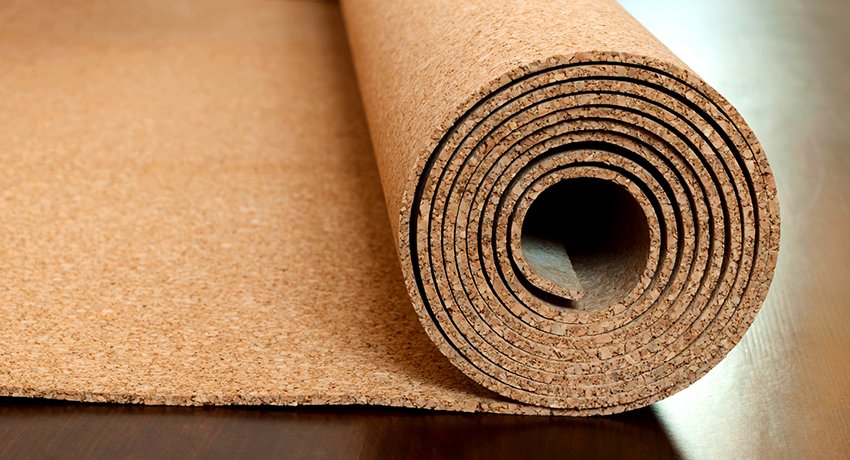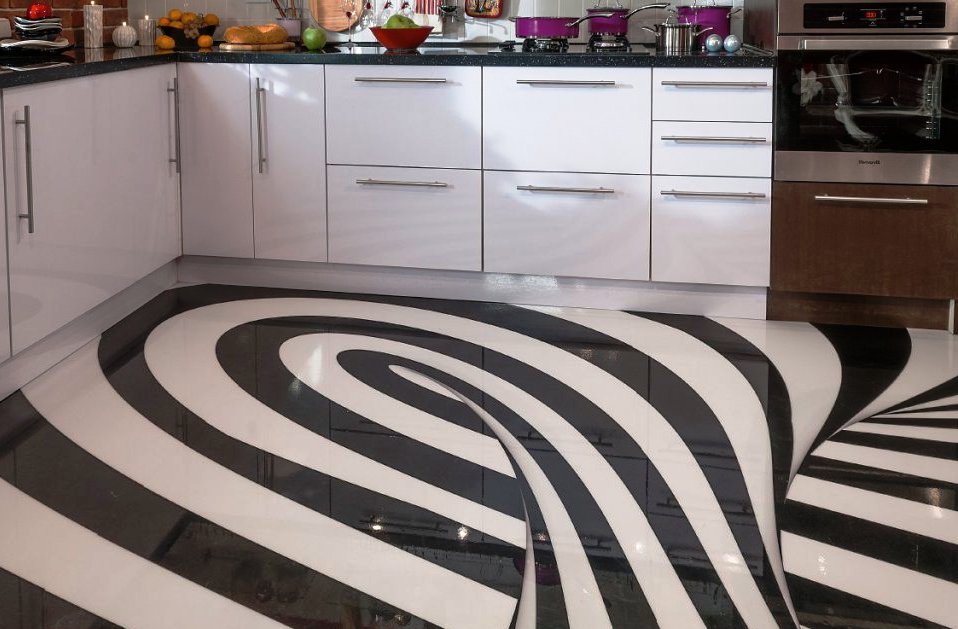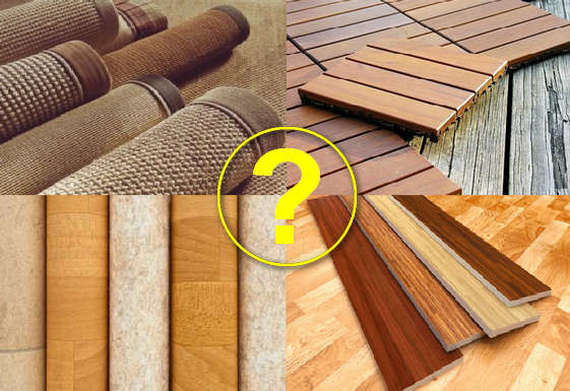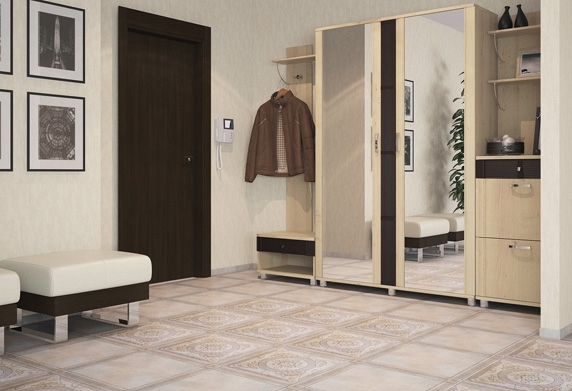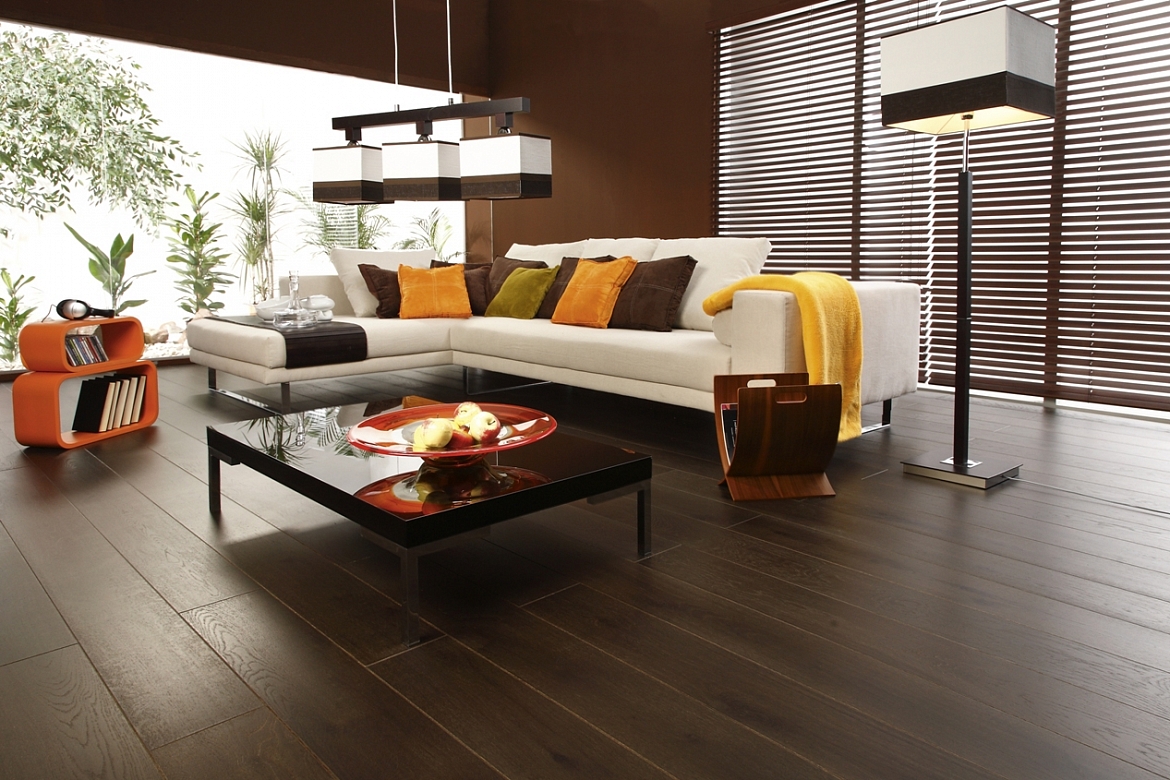8 tips for choosing linoleum
Linoleum has long conquered domestic consumers and has firmly maintained its leadership position ever since. It can be seen in most apartments, in offices, supermarkets, shops, schools and hospitals. With the advent of many new flooring demand for linoleum is not getting smaller, because it practical, durable and cute materialwhich is also easy to stack. Choose linoleum with its vast assortment, this is not an easy task, so you need to go well prepared to the store.
No. 1. The main types of linoleum
Linoleum depending on what materials is it made ofmay be of the following types:
- polyvinyl chloride. PVC linoleum is based on polyvinyl chloride, with the addition of plasticizers, fillers, stabilizers and dyes. Such material has excellent operational properties: it is antistatic, moisture resistant, easy to install, has a huge selection of colors;
- natural, or marmoleum. In the manufacture using only natural components: wood flour, lime, resin, linseed oil, natural dyes. It turns out an environmentally friendly material with bactericidal properties, easy to use, durable and non-combustible, but expensive and unstable to moisture;
- glyphthalic. It is made by applying alkyd resin to a fabric base. The result is a coating with excellent heat and soundproof characteristics, but quite fragile and difficult to install;
- colloxylin. Produced from a mixture of cellulose nitrate, fillers, plasticizers and stabilizers. This single-layer coating comes out quite flexible, elastic and moisture resistant, but is afraid of temperature changes and is prone to shrinkage;
- relin. The coating consists of a styrene layer and a layer of natural rubber, it is characterized by high cushioning properties, elasticity and low slip, but the material has high thermal conductivity and is unstable to solvents.
Today PVC linoleum is most widely used, which they mean when they talk about linoleum, so we will talk about the nuances of choosing this particular type of coating.
No. 2. Homogeneous and heterogeneous linoleum
PVC linoleums can consist of several layers of different materials or have a homogeneous structure, so it is customary to divide the material into heterogeneous and homogeneous, respectively.
Homogeneous linoleum - This is a material that is homogeneous throughout its thickness and is made from polyvinyl chloride with the addition of lime and silica sand. The more such additives, the more difficult and less quality the material becomes. The thickness is, as a rule, 1.5-3 mm, the pattern is as simple and uncomplicated as possible: marbled, plain or granular. The production of material is cheap, it is used in places with increased load: industrial and public buildings, airports, corridors, etc.
Heterogeneous linoleum consists of several layers, and each material in such a "pie" performs its function. The basis is fiberglass, which provides proper elasticity, it is a kind of skeleton of the finished material.Below it, a substrate is used, which can be made of different materials (foamed PVC, jute, felt) and is necessary to soften the blows and protect against bursting. A layer of polyvinyl chloride mass is applied on top of the fiberglass, then a pattern, and then protect it with a film of PVC or polyurethane. The durability of the coating depends on the thickness of the protective film, this parameter ranges from 0.15 to 0.8 mm.
The drawing can be anything you like, imitate the texture of wood, tile, stone, be with patterns or even contain particles of stone, metal dust, plastic granules to improve decorative properties. Special types of linoleum may have additional outer layerFor example, anti-slip or anti-static. The total thickness of heterogeneous linoleum is from 2 to 6 mm.
No. 3. Type of linoleum base
As the basis for linoleum, mainly such materials are used:
- foamed polyvinyl chloride;
- jute;
- felt.
The first option is the most common, since in the end it is possible to obtain the most durable, durable and resistant to external influences material. When applying foamed pvc on fiberglass a chemical or mechanical method is used. The second method is preferable, since the material is more elastic, and there are less dents on it. In any case, the PVC substrate is resistant to moisture.
Fabric backing (felt or jute) is suitable for linoleum, which will be used in residential premises with light loads on the floor covering. The material has phenomenal thermal insulation properties, so it is called insulated linoleum. It also has excellent soundproofing properties, but it is undesirable to use it in places with high humidity.
Number 4. Types of linoleum for the intended purpose
Depending on where linoleum is selected, stopping the choice is on different types of coatings. By appointment linoleum is:
- domestic. Not the most wear-resistant linoleum, which has a huge selection of different colors and patterns. Its service life is short, but it is used mainly in living rooms with low traffic, more often in the bedroom, the thickness of the protective layer is rarely more than 0.35 mm Recently, this type of coating is rarely used;

- semi-commercial. It differs from the previous version in an increased protective layer, the thickness of which reaches a solid 0.7 mm. The variety of colors is huge, the service life reaches 20 years, it is used in the hallways, kitchens, other veins of premises, as well as in small offices;
- commercial. It has the thickest protective layer, therefore it is distinguished by record durability and wear resistance, it is used in industrial conditions, large offices, shops and other rooms where there is an increased load on the floor covering;

- specialized. It has distinctive properties depending on the purpose. Thanks to quartz crumb, anti-slip linoleum has a relief surface, sports is covered with a polyurethane layer and is characterized by increased wear resistance, the bactericidal linoleum in the composition has antibacterial and antifungal additives, etc.
European and many domestic manufacturers they use a simple marking of coatings so that the buyer immediately understands what kind of coating is in front of him. Marking consists of two numbers. The first determines which room is suitable for the material:
- 1 - rooms with minimal traffic (bedrooms), now it is used extremely rarely;
- 2 - living quarters;
- 3 - office premises;
- 4 - production facilities.
The second digit in the marking indicates the maximum loads that the coating can withstand. It ranges from 1 (minimum load) to 4. Often the product is marked not only with these two numbers, but also with pictures that help to better understand which material will be most suitable.
For example, for a small family, class 22-23 linoleum is suitable, in the bedroom it is better to use class 21 flooring, but for large families linoleum of class 31 will be more practical.
No. 5. Abrasion groups of linoleum
On the shelves of shops you can see two very similar samples of semi-commercial linoleum, but at the same time their price will differ significantly, and this is not only a matter of producer and advertising. The price is significantly affected by the selectivity class: the higher it is, the more expensive and durable the material will be.
The class of abrasion is determined experimentally: A linoleum sample is applied to the abrasive wheel, which must make at least 25,000 revolutions. Then measure the difference in linoleum thickness before the experiment and after, and from this value determine the class:
- group T. This is linoleum with a high resistance to wear, and in a similar experiment it loses no more than 0.08 mm of thickness;
- group P - middle class linoleum, loses 0.08-0.15 mm of thickness;
- group M - material with low resistance, and during the experiment its thickness may decrease by 0.3 mm;
- Group F - very fragile linoleum, which is ground during the experiment by 0.3-0.6 mm, which indicates a large number of impurities.

No. 6. Linoleum size
Today's popular flooring is presented in a huge variety of options to please any customer. When choosing a material focus on the width of the room and choose the appropriate option so that you don’t have to glue individual pieces of linoleum or cut off too much. On sale you can find material 1.5 to 5 m wide, the step is 0.5 m, but the largest assortment of linoleum is 2 and 3 m wide, because it is suitable for most apartments.
To determine the required width of the material, it is necessary to measure the room. Since linoleum is laid in one piece, it recommends that the width be changed not from wall to wall, but given niches and ledges at windows and doors. The same goes for length. If the house is of an old building, then it is better to repeat measurements at different ends of the room, because the obtained values of width and length can even differ by 10 cm, which must be taken into account when buying and installing coverings. Linoleum is better take with reserve for trimming and fitting.
Number 7. Color and pattern
Linoleum owes immense popularity to a wide selection of shades and textures. Some samples are so accurate imitate woodthat at first glance it’s hard to understand what kind of material was used to finish the floor. On sale there is linoleum, which repeats stone drawing or ceramic tiles, imitation coating is popular parquet and massive board. With it, you can inexpensively create at home an exclusive and comfortable interior.
For office premises, linoleum made in a minimalistic design is suitable, but for residential premises you can choose an abstract extravagant pattern. remember, that shade and ornament can affect the perception of the room: light tones will visually expand it, dark tones will make a large room more compact and comfortable. The diagonal pattern on linoleum is able to visually make the room larger.
Number 8. What else to consider when choosing?
There are several more nuances that should be considered when choosing linoleum:
- for the kitchen, it is better to choose a material with an additional varnish layer. It is applied by bona fide manufacturers to facilitate the cleaning process. This layer can be made of matte or glossy varnish;
- lightning badge on the linoleum packaging says that the material absolutely does not accumulate static electricity;
- wheel icon reports that cabinets and bedside tables on wheels can be safely moved around the cover, and they will not leave any marks;
- if you plan to use linoleum together with underfloor heating system, then it is imperative to find the corresponding icon in the product labeling;

- when choosing, you should rely on the sense of smell. If there is a sharp unpleasant odor from the material, it cannot be called safe. Quality PVC linoleum should not smell anything;
- it is better to acquire material in a heated room;
- it will be possible to verify the proper quality of linoleum if it is rolled out: bumps, waves, areas with peeling coating speak about low quality;
- Does not interfere with looking at the hygienic certificate of the product in order to be completely sure of the safety of linoleum
- It is advisable to evaluate how this or that linoleum will look in a particular room, because the illumination in a store and an apartment can vary significantly. For this, it does not bother to consider a small sample of linoleum at home.
Following these simple rules and tips, choosing the right linoleum will be much easier.

